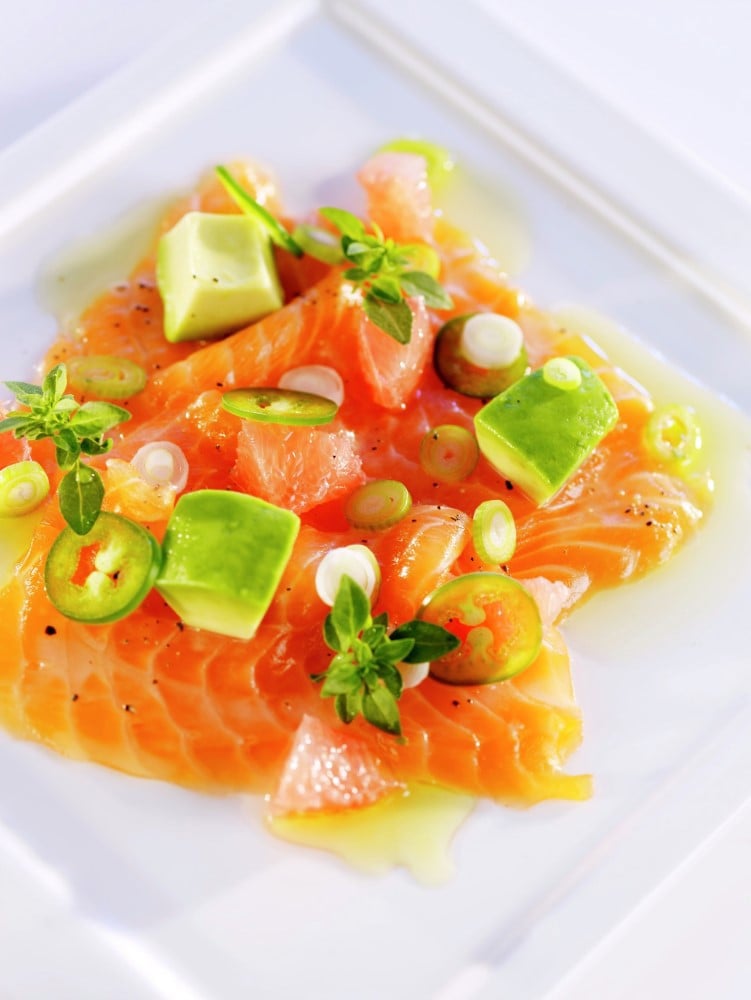Do salmon and trout feeds contain colouring?
In the wild, the flesh of salmon and trout can be a red/pink colour, due to an antioxidant called astaxanthin. Astaxanthin is produced in natural waterways by algae, yeast and bacteria, all of which are in the food chain of salmonids. Astaxanthin is an essential nutrient for salmon. It is required to remain healthy and disease free. Salmon are unable to synthesise astaxanthin themselves, meaning they need a dietary supply for these vital functions. Astaxanthin used in fish feed is made in the same way as vitamins that you might purchase from a health food shop.
